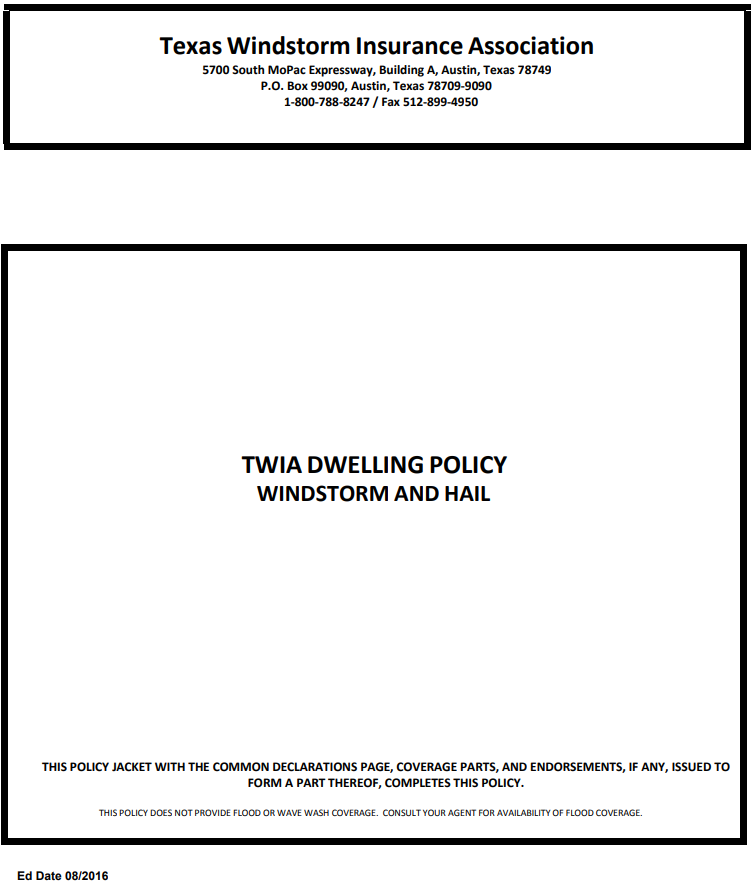When considering windstorm insurance for your home, make sure to know what you need to know. This article will discuss what this type of insurance entails, as well as its limitations and exclusions. By the time you’re done reading, you’ll have a clear understanding of windstorm insurance. And, with the right information, you can purchase windstorm insurance with confidence. It’s also easy to find the right policy for your needs.
Cost of windstorm insurance
The cost of windstorm insurance will depend on several factors, including the value of your home, its age and location, and your credit score. If you live in a high-risk area, the cost will be higher, but the coverage may be more beneficial in the long run. In order to determine the exact cost of your windstorm insurance policy, consider the following tips. Keep in mind that the higher your deductible, the lower your premium.
The price of windstorm insurance is typically more expensive than homeowners insurance. For instance, a $1,477 annual premium on a home insurance policy covering $250,000 will likely increase when you add windstorm coverage. In addition, windstorm coverage on an existing homeowners policy may carry a separate deductible, which is higher than the underlying homeowners policy deductible. Ultimately, the cost of windstorm insurance will depend on the specifics of your policy.
Limitations of windstorm insurance coverage
When purchasing homeowners insurance, homeowners should understand the limitations of windstorm insurance coverage. These events are often excluded from standard policies, such as hurricanes and tropical storms. Windstorm insurance is essential for homeowners living in areas where these events are common, as the standard policies often do not cover wind damage. However, if you live in a coastal or midwestern state that is prone to these types of storms, you should consider windstorm insurance coverage.
While windstorm insurance coverage is necessary for avoiding the financial ruin of a windstorm, some states have specific rules that limit your wind damage claims. In Florida, insurers can only charge a wind deductible for damage caused by a hurricane for the first three days after the hurricane warning ends. In Texas, wind damage is limited to a set dollar amount. However, windstorm insurance can cover tornado damage in the Midwest and high-wind hailstorms.
Exclusions from windstorm insurance
A typical windstorm insurance policy covers five different types of damage, each with a limit of liability. This limit is the maximum amount of money the insurer will pay when you make a claim. For example, if a hurricane damages your home, your dwelling coverage limit should be equivalent to the cost to rebuild it from the ground up. Similarly, if the hurricane damages your neighbor’s house, your other structures coverage limit would be equal to 30% of the dwelling coverage limit.
Generally, windstorm deductibles apply to property within 200 feet of a body of water. In Maryland, hurricane deductibles are triggered when a hurricane warning is issued in any part of the state. Moreover, insurers are required to file a minimum underwriting standard with the state’s Insurance Administration to meet the requirement. Moreover, windstorm and hail insurance may be required by mortgage lenders in coastal states.



